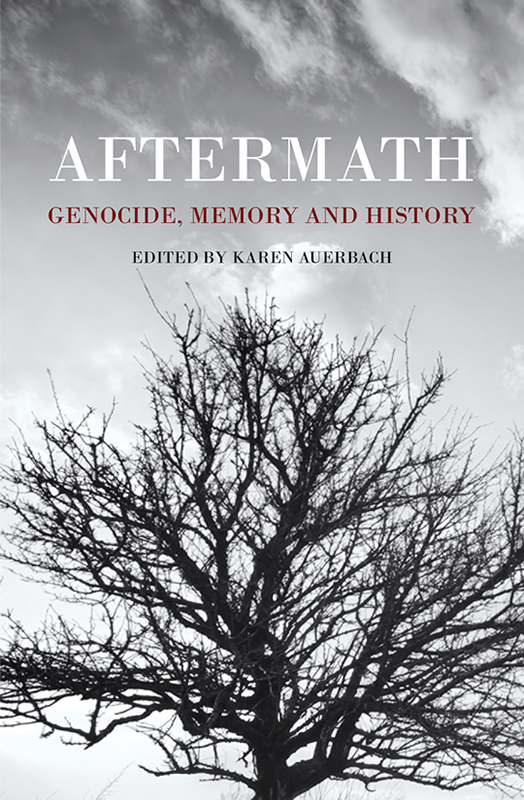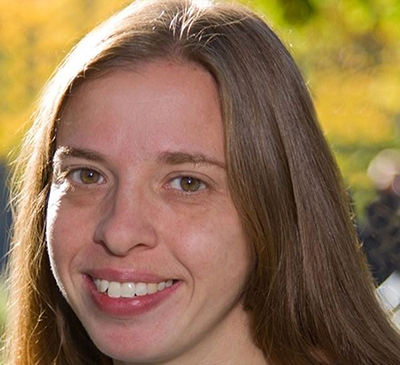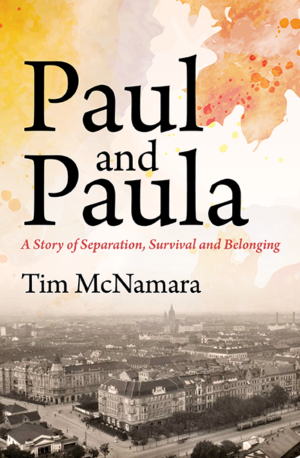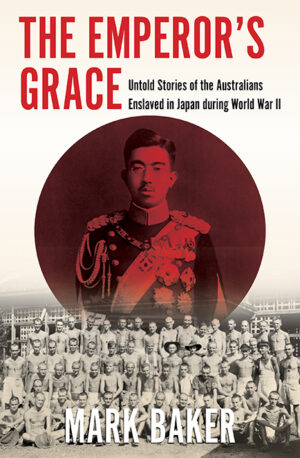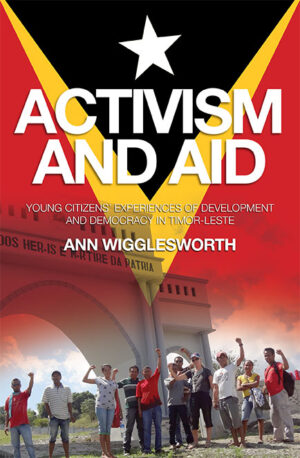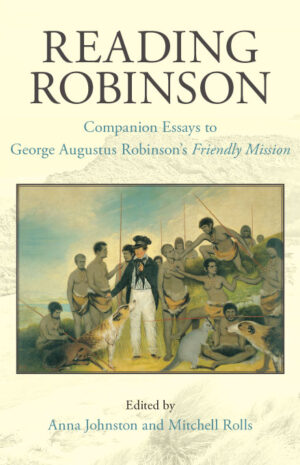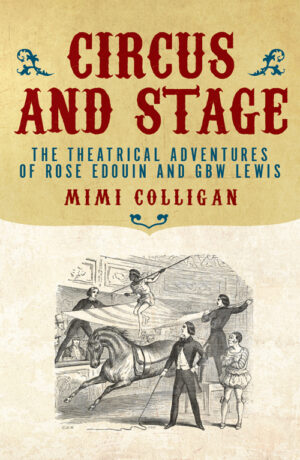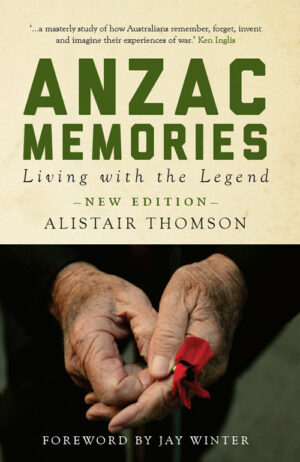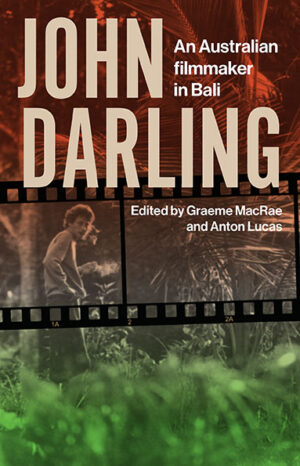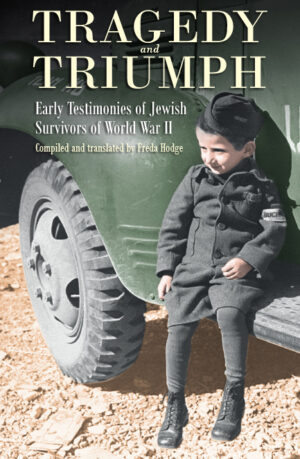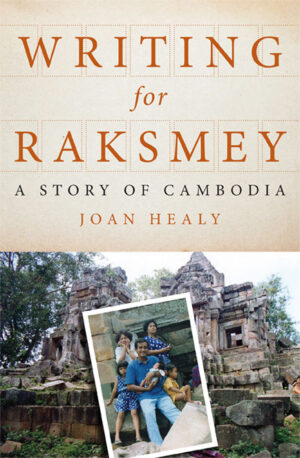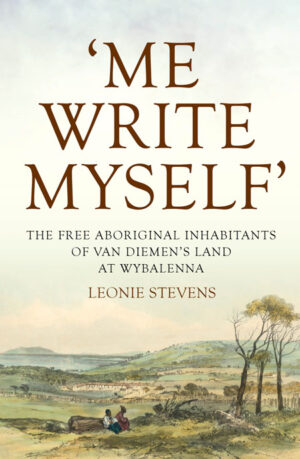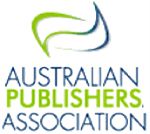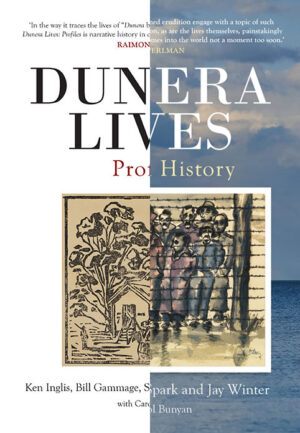Aftermath: Genocide, Memory and History examines how genocide is remembered and represented in both popular and scholarly memory, integrating scholarship on the Holocaust with the study of other genocides through a comparative framework. Scholars from a range of disciplines re-evaluate narratives of past conflict to explore how memory of genocide is mobilised in the aftermath, tracing the development and evolution of memory through the lenses of national identities, colonialism, legal history, film studies, gender, the press, and literary studies.
Contents
Part I: The Holocaust and Other Genocides
1. ‘We have exterminated the race in Van Diemen’s Land’: Remembering colonial genocide in 19th century British culture
by Tom Lawson
2. Setting the picture straight: The ordinary women of Nazi Germany and Rwanda who participated in genocide
by Kimberly Allar
3. ‘A Holocaust the West forgot’? Reflections on genocide narratives of the Ukrainian Holodomor
by Rebekah Moore
Part II: Perceptions and Representations: Past
4. ‘They are killing all of us Jews’: Australian press memory of the Holocaust
by Fay Anderson
5. The politics of detachment: Franco’s Spain and the public perception of the extermination of the Jews
by Salvador Ortí Camallonga
Part III: Perceptions and Representations: Present
6. Looking out from under a long shadow: Holocaust memory in 21st century America
by Laura S Levitt
Ch 7. The place of memory or the memory of place? The representation of Auschwitz in Holocaust memoirs
by Esther Jilovsky
Ch 8. ‘Returning to a graveyard’: The Australian debates about March of the Living to Poland
by Suzanne D Rutland
Part IV: Holocaust Narratives on Film
9. Representing rape in Holocaust film: Exhibiting the eroticised body for the camera’s gaze
by Adam Brown and Deb Waterhouse-Watson
10. From ‘Eichmann-as-victim’ to ‘Nazi-as-Jew’: Deconstructing justice in American Holocaust trial films
by Danielle Christmas

